We've found 558 matches for your search. Order by
Results
-
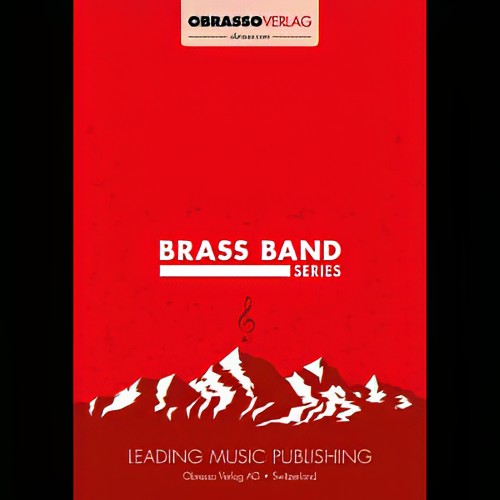 £54.20
£54.20Liszteria (Xylophone Duet with Brass Band - Score and Parts) - Smith, Sandy
Based on Themes by Brahms and Liszt
Estimated dispatch 7-14 working days
-
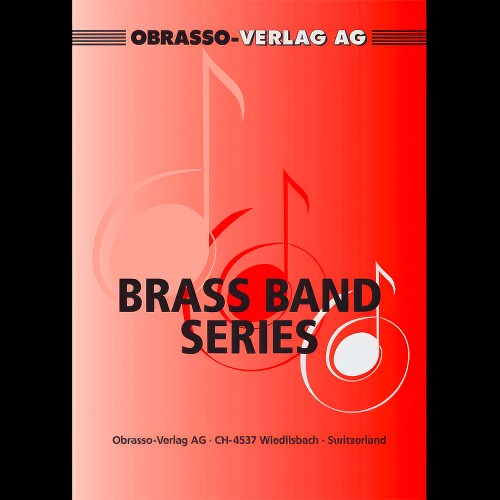 £54.20
£54.20Magic Trombones (Trombone Trio with Brass Band - Score and Parts) - Barry, Darrol
Duration: 4:30
Estimated dispatch 7-14 working days
-
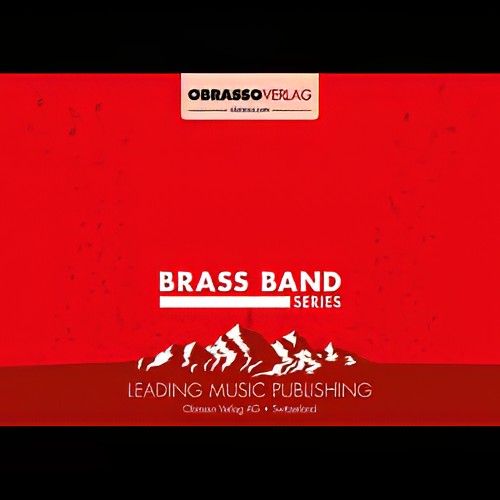 £54.20
£54.20Panis Angelicus (Vocal Soloist and Choir with Brass Band - Score and Parts) - Franck, Cesar - Lorriman, Howard
Duration: 4.00
Estimated dispatch 7-14 working days
-
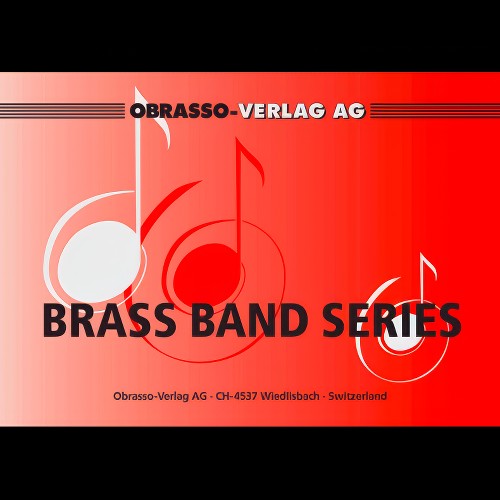 £54.20
£54.20Pilatus (Mountain Air) (Euphonium Solo with Brass Band - Score and Parts) - Richards, Goff
Duration: 7.45
Estimated dispatch 7-14 working days
-
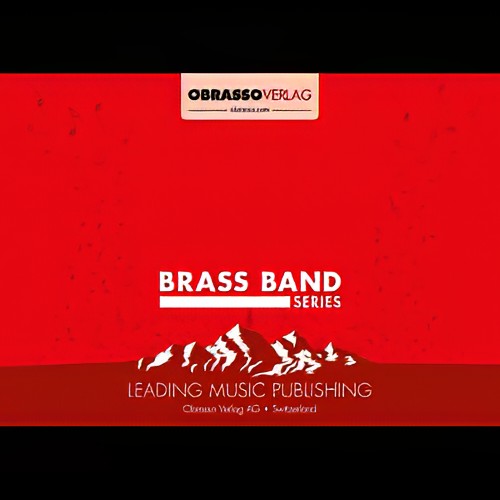 £54.20
£54.20Rag and Bones (Trombone Trio with Brass Band - Score and Parts) - Woodfield, Ray
.
Estimated dispatch 7-14 working days
-
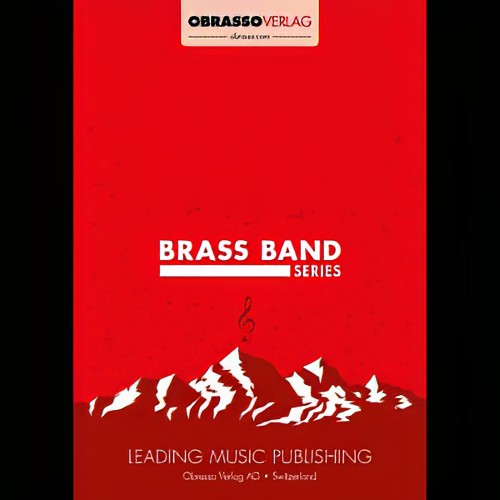 £54.20
£54.20Razzazza Mazzazza (Trombone Trio with Brass Band - Score and Parts) - Pryor, Arthur - Smith, Sandy
Duration: 3.00
Estimated dispatch 7-14 working days
-
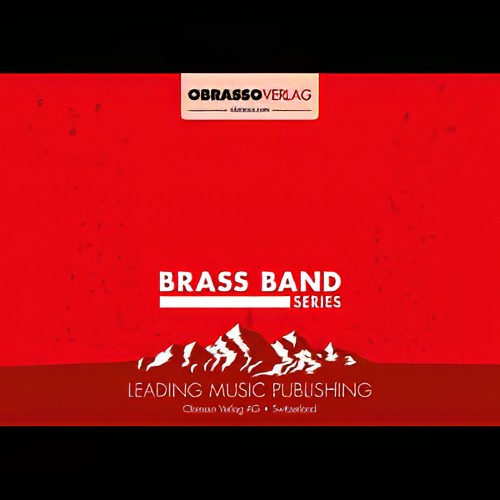 £54.20
£54.20Sounds of Switzerland (Euphonium Duet with Brass Band - Score and Parts) - Newsome, Roy
Duration: 6.30
Estimated dispatch 7-14 working days
-
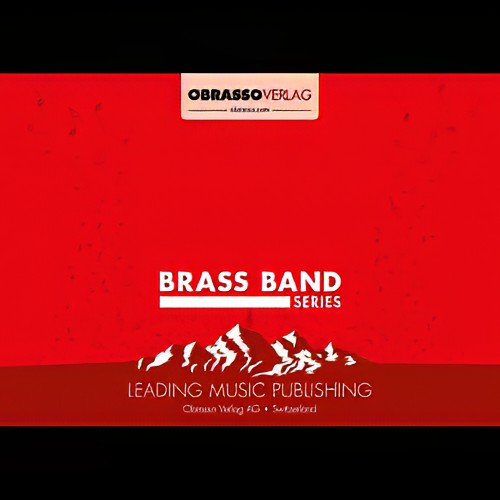 £54.20
£54.20The Attack of the Killer Trombones (Trombone Trio with Brass Band - Score and Parts) - Fernie, Alan
Duration: 3:30
Estimated dispatch 7-14 working days
-
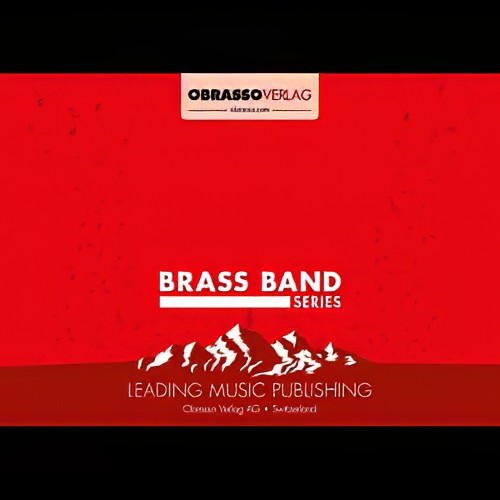 £54.20
£54.20The Easy Winners (Eb Bass Duet with Brass Band - Score and Parts) - Joplin, Scott - Fernie, Alan
Duration: 3.00
Estimated dispatch 7-14 working days
-
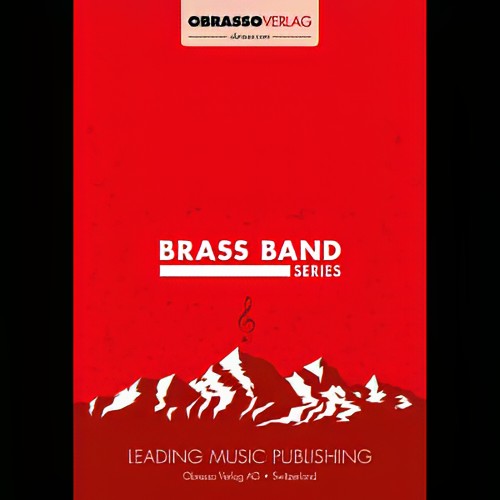 £54.20
£54.20The Faithful Hussar (Trombone Trio with Brass Band - Score and Parts) - Frantzen, Heinrich - Fernie, Alan
Duration: 3.30
Estimated dispatch 7-14 working days
